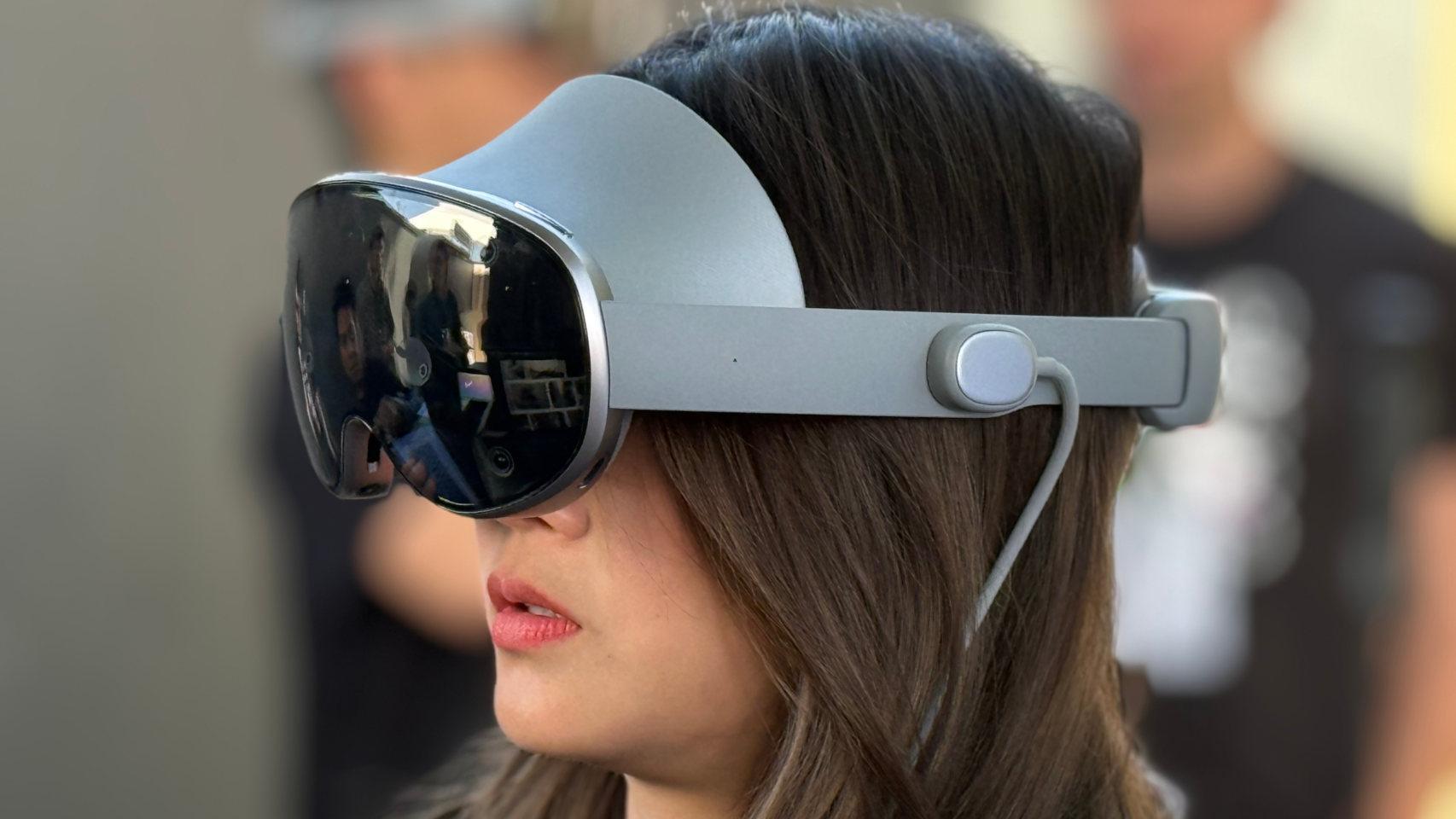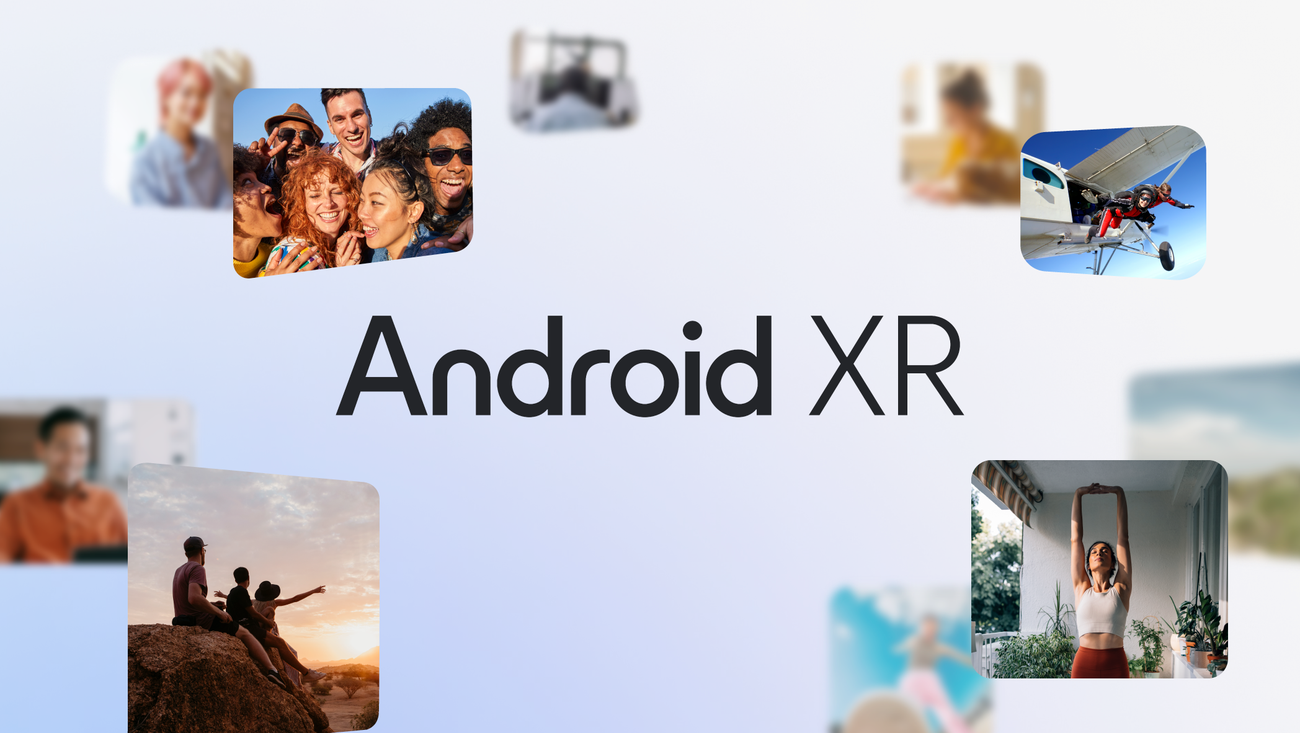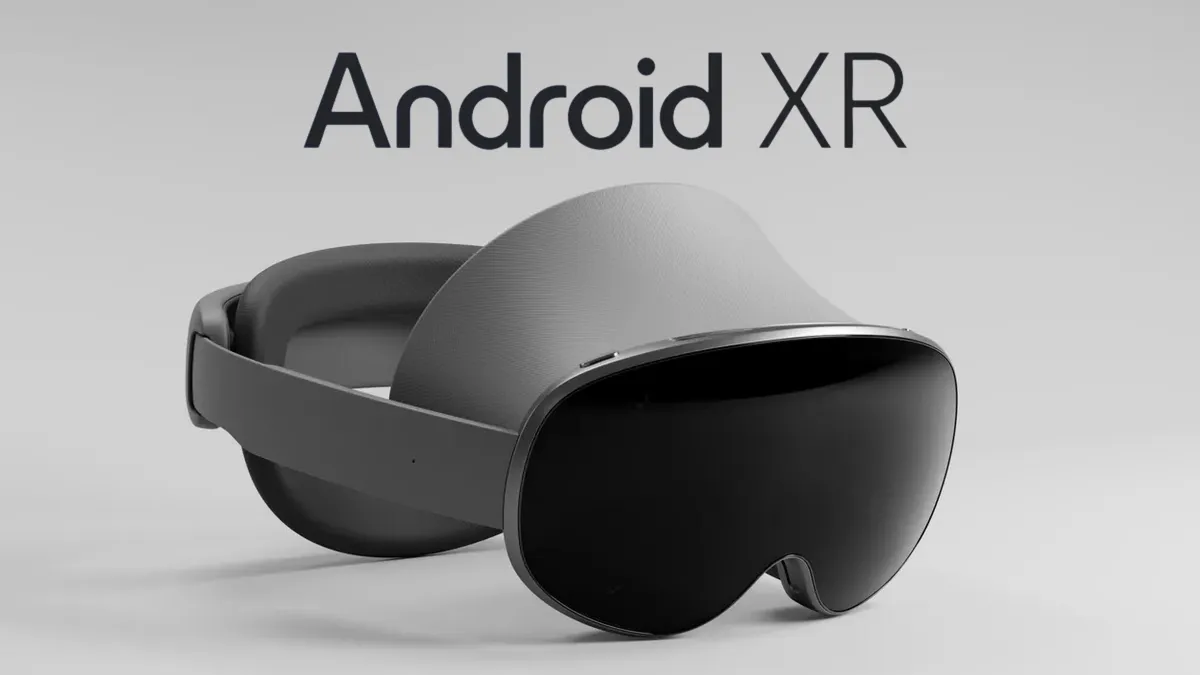- Project Moohan: The headset will be called Samsung Galaxy XR and will run Android XR with One UI XR.
- 4K micro-OLED displays with 4.032 ppi and around 29 million pixels, focusing on visual fidelity.
- Snapdragon XR2+ Gen 2, six cameras, eye tracking and gestures; Wi‑Fi 7 and Bluetooth 5.3.
- Weighing 545g, with an external battery and a 2-hour battery life (2,5 hours on video); rumored price $1.800–$2.000.

The debut of Samsung's headset is just around the corner, and according to multiple sources, the Samsung Galaxy S8 has already shown its design, Its key specifications and much of the software. All of this fits with the joint development with Google and Qualcomm, known internally as Moohan Project, which arrives with the ambition of positioning itself against consolidated proposals in the sector.
Beyond aesthetics, The filtration outlines a very complete technical sheet: from high-density micro-OLED displays to a suite of cameras and sensors for natural interaction, including Android XR with One UI XR layerSamsung's goal doesn't seem to be so much about breaking the table as it is about fine-tuning a balanced display that prioritizes comfort, visual fidelity, and a recognizable app ecosystem.
Design and ergonomics: a lighter helmet designed for long sessions

The promotional images show a visor with curved front, matte metal frame and generous padding, where contained weight is key: 545 grams, below other models on the market. The rear strap includes a dial to adjust the tension, looking for a stable and comfortable grip without the need for top tape.
Samsung has incorporated ventilation slots to dissipate heat and removable light shields that help isolate from the environment. The approach, according to what was leaked, prioritizes ergonomics and stability to minimize fatigue during prolonged use, one of the most delicate points in XR viewfinders.
On the outside there are practical details: a touchpad on the right side for quick gestures, top buttons for volume and return to the launcher (which can also invoke the assistant by holding them down) and a Status LED instead of an external screen for the eyes.
Another differentiating aspect is the battery: The helmet supports external pack connected via USB‑CWhich reduces front loading and opens the door to higher capacity power banks, maintaining versatility throughout the session.
Displays and visual fidelity: 4K micro-OLED at maximum density
The visual aspect aims high. The two screens micro‑OLED 4K reach a density of 4.032 dpi, with a total figure close to 29 million pixels between both lenses. On paper, this means greater sharpness than other industry benchmarks, with particular impact on fine text and UI elements.
The combination of high-density optics and panels should result in less grid effect and improved peripheral clarity. Additionally, the graphics hardware and Qualcomm's XR platform enable mixed reality rendering with support for resolutions up to 4.3K per eye and refresh rates that, according to the leaked datasheet, reach 90 fps in compatible scenarios.
To enhance immersion, the viewer adds spatial audio with two-way speakers (woofer and tweeter) on each side. While it remains to be seen how it performs in noisy environments, on paper it suggests a more precise soundstage.
Chipset and performance: Snapdragon XR2+ Gen 2 at the core
The brain of the Galaxy XR is the Snapdragon XR2+ Gen 2, an XR-optimized platform that promises GPU and frequency improvements over previous generations. According to leaks, the set is completed with 16 GB of RAMWhich should provide headroom in multitasking and complex 3D scenes.
In addition to raw power, the SoC integrates dedicated blocks for AI, spatial audio and tracking hands/eyes, reducing the dependence on additional chips. This, combined with the optimization of Android XR and One UI XR, aims for a fluid experience in both mixed reality and spatial applications.
Cameras, sensors and interaction: hands, gaze and voice

The visor relies on a hybrid interaction with a dense array of sensors. On the outside, Six cameras are distributed between the front and bottom areas for video transmission, mapping and hand/gesture tracking., And a depth sensor at forehead level to understand the environment (walls, floors, furniture).
Inside, four chambers dedicated to the eye tracking They accurately record gaze, facilitating gaze selection and foveated rendering techniques. Voice also comes into play thanks to several microphones aimed at capturing commands naturally.
As far as controls go, the Galaxy XR supports handheld interaction, but leaks indicate that controls would be included with analog sticks, triggers, and 6DoF for gaming experiences and applications that require it.
- Hand tracking with dedicated cameras for fine gestures.
- Selection by look using internal infrared sensors.
- Voice commands and invocation of the assistant from a physical key.
- 6DoF controllers as an option for professional games and apps.
Connectivity, sound and physical controls
In wireless connectivity, the specifications indicate Wi‑Fi 7 and Bluetooth 5.3, two pillars for high-rate local streaming and low-latency accessories. At the audio level, the side speakers with spatial sound They look for a precise scene without always relying on external headphones.
The helmet adds details for daily use: a right side touchpad for gestures, top buttons for volume and launcher/system, and a LED which indicates the status instead of an external screen. The whole thing aims for a moderate learning curve for those arriving via mobile or tablet.
- Wi ‑ Fi 7 for greater network capacity and stability.
- Bluetooth 5.3 with better efficiency and compatibility.
- Spatial audio integrated with two-way speakers.
- physical indicators and gestures for quick control.
Software: Android XR and One UI XR, with Google ecosystem

The Galaxy XR runs on Android XR, Google's new platform for spatial computing, and adds the One UI XR layer for a familiar environment for Galaxy usersThe interface displays floating windows and a persistent bar with system and wizard shortcuts. Gemini.
Among the apps seen in screenshots and demos are Chrome, YouTube, Google Maps, Google Photos, Netflix, Camera, Gallery and a browser, with access to Play Store for optimized apps. The promise is to bring everyday life from mobile devices into natural 3D environments.
- Persistent bar with search, settings and Gemini.
- Spatial windows resizable in 3D.
- Compatibility with apps and services from Google and third parties.
Battery, autonomy and user experience
The estimated autonomy is around 2 hours in general use and to 2,5 hours of video, figures in line with the segment. The decision to outsource the battery and Supporting USB-C helps distribute weight and enables expansion options with compatible power banks.
Thanks to the contained weight, the padding and the removable light shields, the device is geared toward longer sessions that prioritize comfort. Even so, Actual performance and thermal management will need to be validated in usage testing.
Price and availability: what the rumors suggest
The launch window is, according to multiple reports, in October, with dates indicating the 21st–22nd and a possible early booking period. As for the price, the Figures handled range between $1.800 and $2.000, below some alternatives but clearly in professional/premium territory.
Regarding markets, an initial exit is discussed in South Korea and a progressive deployment. There is no confirmation for Spain in the first wave, so we will have to wait for the official presentation to know the complete roadmap.
With an approach that combines lightweight design, high-density screens, well-integrated sensors and software that takes advantage of Android XR and One UI XR, the Samsung Galaxy XR is shaping up to be a serious contender in extended reality. There are still some unknowns to be answered—final price, availability, and initial catalog—but the leaked set paints a ambitious viewer that prioritizes convenience, clarity, and a familiar app ecosystem.
I am a technology enthusiast who has turned his "geek" interests into a profession. I have spent more than 10 years of my life using cutting-edge technology and tinkering with all kinds of programs out of pure curiosity. Now I have specialized in computer technology and video games. This is because for more than 5 years I have been writing for various websites on technology and video games, creating articles that seek to give you the information you need in a language that is understandable to everyone.
If you have any questions, my knowledge ranges from everything related to the Windows operating system as well as Android for mobile phones. And my commitment is to you, I am always willing to spend a few minutes and help you resolve any questions you may have in this internet world.

